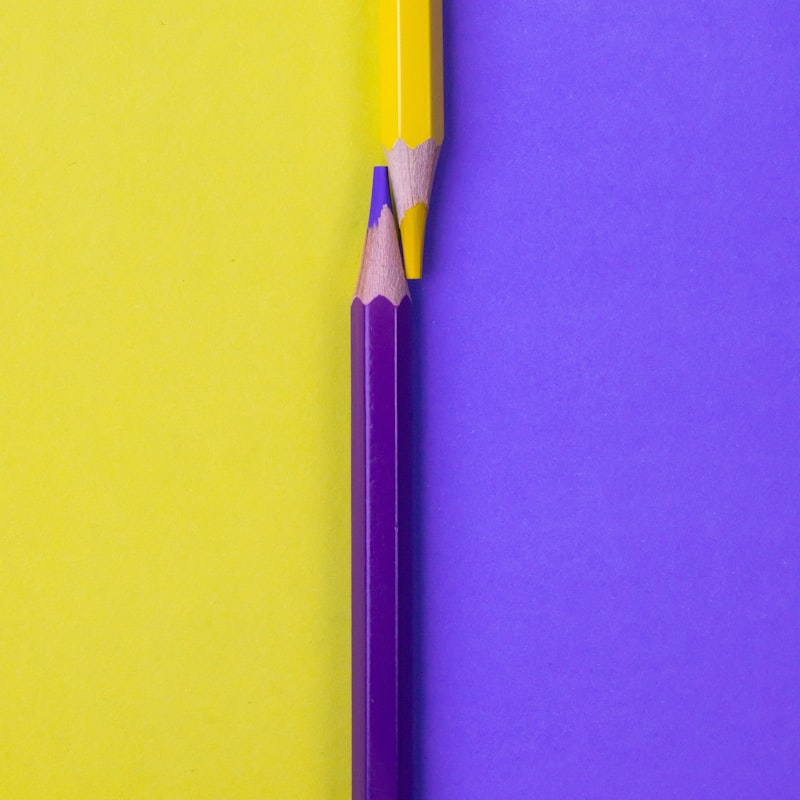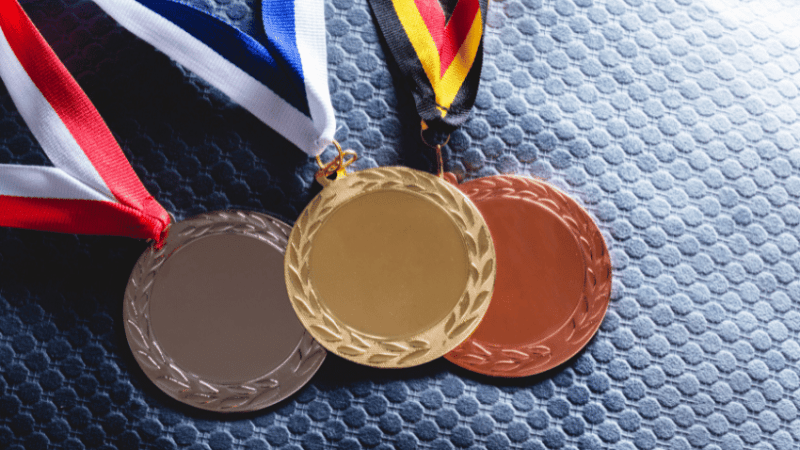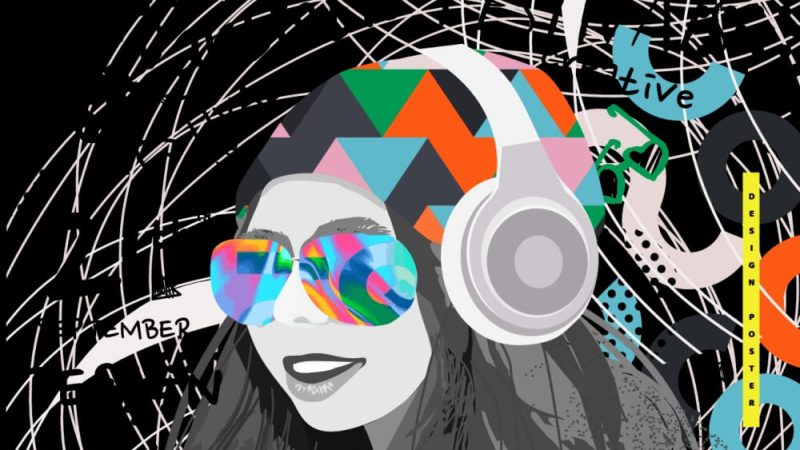KS3/4 Art Lesson Plan – Encouraging Students To Be Political In Their Works
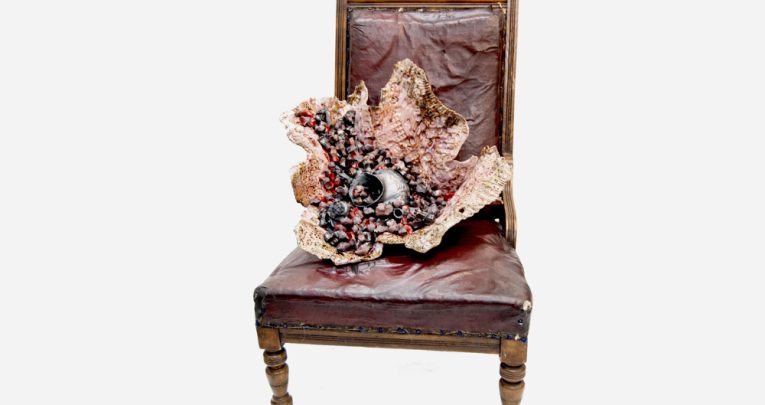
Can we encourage students to be political in their art: to want to fight inequality, promote clean living, or explore the benefits of diversity? Absolutely, insists Emma Delpech
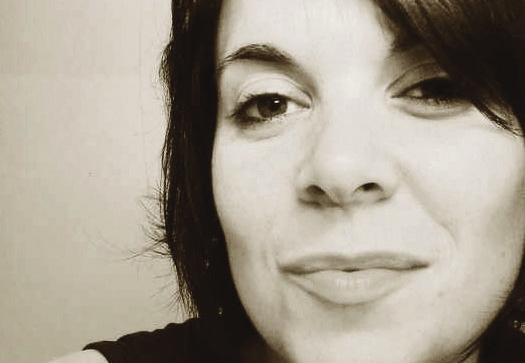
- by Emma Delpech
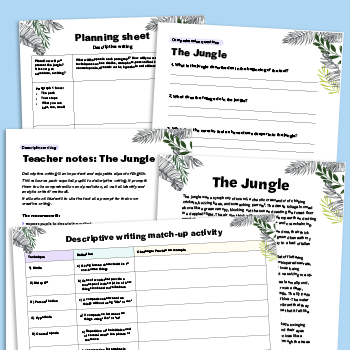
Do we feel we have choices in this world? Creative people, by their very nature, are always on the lookout for inspiration, exciting materials and innovative ways of working.
There is a lot to be said for having to resource a project from scratch both from a practical and metaphysical viewpoint. To explore what we think and to become better independent learners allows much greater depth and relevance to student work. Four key reasons:
- Exploring the opportunities for building work based around the theme of upcycling and appropriation in order to make something dynamic and thought provoking.
- Encouraging engagement in politics, philosophy and promoting independent learning.
- Being resourceful with collection of materials and enthused by assemblage.
- Unlimited potential to develop this into large scale works.
At the end of the lesson the students should present their outcomes and they should be photographed for their sketchbooks. The key aim in this is to engage with the messages surrounding them through advertising and to explore how this affects our visual responses. You can discuss how well some concepts worked, how they could be explored further and make suggestions for old objects students might want to bring for the next lesson.
Main activities
I always find that my lessons work best when students feel that they can express themselves and their views. This may be by reconstructing, appropriating with fascinating twists, or building a project on the back of desire for social change.
It is relatively easy to provide materials if you can get students/colleagues to save newspapers, magazines and old clothing. I always found that making enquiries with friendly shop keepers useful in collecting old textiles, broken crockery, fruit and vegetables on the edge of being out of date etc.
The access to so much material considered unusable highlights social issues which students might want to tackle as a starting point. Waste culture is a fascinating perspective to take on a project that engages with upcycling, appropriation and making the best of what one has. Artists I would strongly advise studying include:
Lin Evola-Smidt An American artist who persuaded residents of Los Angeles to hand over their guns. These were then melted down and the metal cast into angels. ‘The Renaissance Peace Angel’ is her most famous work. At 13 feet tall it was created in 1997 and has since been relocated to Ground Zero after the terrorist attacks of September 11. Tim Noble and Sue Webster Their shadow sculptures have become famous in galleries around the world. One was made from the rubbish created during the period it took to complete the sculpture. Using found objects (objet trouvé) This evolved through the 20th century including artists such as Pablo Picasso, Marcel Duchamp and Robert Rauschenberg. David Edgar Making trash into treasure is explored in Edgar’s work. He created ‘Green Fiesta Jellyfish Lamp’ in response to the millions of plastic bottles discarded by Americans every year. I would plan to use an entire lesson for exploring the individual themes each student wishes to explore more fully. They should then create a journal documenting their thoughts, investigations, research on relevant artists and evidence of their experimentation.
They should be given flexibility to create new work each lesson or to further develop the same piece, whilst making sure that there is photographic evidence of reviewing, modifying and refining. They should be encouraged to think about their work being site-specific. Can the sculptural work created in a 3D lesson be taken out and photographed in a range of places? Or would the student like to take the work home to record it on a journey; perhaps to get the public to respond to it.
This may feel like a very strong and assertive statement is being made but clearly depends on the age of students and their enthusiasm for documenting the work perhaps using social media. Activities could include:
- A single lesson dedicated to collage development from the taster lesson. Students could bring images that they want to work with, or use thread to stitch into the work as well at cutting and pasting. Cutting and tearing holes through imagery can be extremely rewarding and some may really enjoy looking at the work of Scott Hazard or Daniele Buetti. If you have access to a light box, even better. If not, a window will do.
- Two lessons should be dedicated to making a work which involves objects. These should be resourced by the students themselves (suggested items: plastic bottles, packaging, cardboard, fruit, vegetables, old clothing, old books etc) Students should have planned their sculpture in some detail as a homework activity, perhaps even experimenting with securing pieces together so that they will know if glue works or if tape is needed. Encourage students to explore work ethically: use things which would otherwise be thrown away rather than buying anything new. Andy Goldsworthy stitches leaves together with thorns rather than using glue. Torn fabric, old shoes, fruit that is getting mouldy….. Be prepared to photograph all works as they are unlikely to be sturdy or last very long.
- Make a Statement over 2-3 lessons. Having looked at using different materials in a variety of ways, students should make their final statement in this project, exploring the theme of what they want to change or fight in this world. This should be supported by good research and ideally observations such as their own photographs, video footage and sketches from life. Students should have an opportunity to exhibit their work, or to consider site specific construction.
Summary
It is crucial to give students a voice to express the way they feel about the world. This project could expose genuine feelings of distress about either global, national or personal issues.
Teachers will need to be prepared to encourage students to present their thoughts more often as questions. “This is such a messed up world?” is better presented simply as “I wonder whether we can ever find ways to solve the problems of the world?” This simple change of presentation asks those around to offer support, positivity and encouragement.
Our teenagers need to feel that they are each individually valuable in taking a stand about the things they feel passionate about. If they can make, do and mend in their creative lives, they might also see the opportunities for actively involving themselves in causes and feeling that their opinions and voice can be ‘heard’ – even if this is on a visual level.
The Art Teacher may also feel, as I do, that it is time to roll up our sleeves and make our own statement alongside the students.
Together we stand…
Download this lesson plan as a PDF here.
Emma Delpech is an artist and art teacher at Sevenoaks School, Kent. She is completing her MA in Fine Art with Open College of the Arts (UCA) and her work can be found at emmadelpech.com.
Main image: Between your cool skin and the burning sun, Emma Delpech
Students should be given time to think about this. They could work in groups and will need to be encouraged to be active listeners: to find out what it is that motivates others in their group to want to change something. I would use Celia Pym as a perfect example. She literally mends damaged clothing. But she uses contrasting thread and the areas that have been repaired contrast starkly with the original object. Students could discuss what this is symbolic of – they will always come up with some amazing ideas. Celia Pym studied at the Royal College of Art. She also studied Adult Nursing at Kings College London 2011-2013. Explore with the students what may be significant in her desire to ‘mend’ in knitting, darning and textiles. What are the social values of repair?
Starter activity
There is an amazing book called Cut & Paste by Caroline Roberts which I would display examples from at the start of this contemporary collage lesson. If you do not have a copy, show examples by: Richard Hamilton, Kara Walker, Hannah Hӧch, Joseph Cornell and John Stezaker to name a few. In groups or individually, give students an advert from a magazine. They should also be given additional materials (A4 paper, glue sticks, a box with additional ‘found’ materials in such as leaves, threads etc).
Students are given 10 minutes to plan a design using their object. They should then construct the outcome.
It should be inspired by their response to the advert (eg an advert for a beauty product might engage students in thinking about whether society puts too much pressure on people to be ‘perfect’. An advert selling a car could make students think about materialism; about whether we need everything we want.)
At the end of the lesson the students should present their outcomes and they should be photographed for their sketchbooks. The key aim in this is to engage with the messages surrounding them through advertising and to explore how this affects our visual responses. You can discuss how well some concepts worked, how they could be explored further and make suggestions for old objects students might want to bring for the next lesson.
Main activities
I always find that my lessons work best when students feel that they can express themselves and their views. This may be by reconstructing, appropriating with fascinating twists, or building a project on the back of desire for social change.
It is relatively easy to provide materials if you can get students/colleagues to save newspapers, magazines and old clothing. I always found that making enquiries with friendly shop keepers useful in collecting old textiles, broken crockery, fruit and vegetables on the edge of being out of date etc.
The access to so much material considered unusable highlights social issues which students might want to tackle as a starting point. Waste culture is a fascinating perspective to take on a project that engages with upcycling, appropriation and making the best of what one has. Artists I would strongly advise studying include:
Lin Evola-Smidt An American artist who persuaded residents of Los Angeles to hand over their guns. These were then melted down and the metal cast into angels. ‘The Renaissance Peace Angel’ is her most famous work. At 13 feet tall it was created in 1997 and has since been relocated to Ground Zero after the terrorist attacks of September 11. Tim Noble and Sue Webster Their shadow sculptures have become famous in galleries around the world. One was made from the rubbish created during the period it took to complete the sculpture. Using found objects (objet trouvé) This evolved through the 20th century including artists such as Pablo Picasso, Marcel Duchamp and Robert Rauschenberg. David Edgar Making trash into treasure is explored in Edgar’s work. He created ‘Green Fiesta Jellyfish Lamp’ in response to the millions of plastic bottles discarded by Americans every year. I would plan to use an entire lesson for exploring the individual themes each student wishes to explore more fully. They should then create a journal documenting their thoughts, investigations, research on relevant artists and evidence of their experimentation.
They should be given flexibility to create new work each lesson or to further develop the same piece, whilst making sure that there is photographic evidence of reviewing, modifying and refining. They should be encouraged to think about their work being site-specific. Can the sculptural work created in a 3D lesson be taken out and photographed in a range of places? Or would the student like to take the work home to record it on a journey; perhaps to get the public to respond to it.
This may feel like a very strong and assertive statement is being made but clearly depends on the age of students and their enthusiasm for documenting the work perhaps using social media. Activities could include:
- A single lesson dedicated to collage development from the taster lesson. Students could bring images that they want to work with, or use thread to stitch into the work as well at cutting and pasting. Cutting and tearing holes through imagery can be extremely rewarding and some may really enjoy looking at the work of Scott Hazard or Daniele Buetti. If you have access to a light box, even better. If not, a window will do.
- Two lessons should be dedicated to making a work which involves objects. These should be resourced by the students themselves (suggested items: plastic bottles, packaging, cardboard, fruit, vegetables, old clothing, old books etc) Students should have planned their sculpture in some detail as a homework activity, perhaps even experimenting with securing pieces together so that they will know if glue works or if tape is needed. Encourage students to explore work ethically: use things which would otherwise be thrown away rather than buying anything new. Andy Goldsworthy stitches leaves together with thorns rather than using glue. Torn fabric, old shoes, fruit that is getting mouldy….. Be prepared to photograph all works as they are unlikely to be sturdy or last very long.
- Make a Statement over 2-3 lessons. Having looked at using different materials in a variety of ways, students should make their final statement in this project, exploring the theme of what they want to change or fight in this world. This should be supported by good research and ideally observations such as their own photographs, video footage and sketches from life. Students should have an opportunity to exhibit their work, or to consider site specific construction.
Summary
It is crucial to give students a voice to express the way they feel about the world. This project could expose genuine feelings of distress about either global, national or personal issues.
Teachers will need to be prepared to encourage students to present their thoughts more often as questions. “This is such a messed up world?” is better presented simply as “I wonder whether we can ever find ways to solve the problems of the world?” This simple change of presentation asks those around to offer support, positivity and encouragement.
Our teenagers need to feel that they are each individually valuable in taking a stand about the things they feel passionate about. If they can make, do and mend in their creative lives, they might also see the opportunities for actively involving themselves in causes and feeling that their opinions and voice can be ‘heard’ – even if this is on a visual level.
The Art Teacher may also feel, as I do, that it is time to roll up our sleeves and make our own statement alongside the students.
Together we stand…
Download this lesson plan as a PDF here.
Emma Delpech is an artist and art teacher at Sevenoaks School, Kent. She is completing her MA in Fine Art with Open College of the Arts (UCA) and her work can be found at emmadelpech.com.
Main image: Between your cool skin and the burning sun, Emma Delpech




